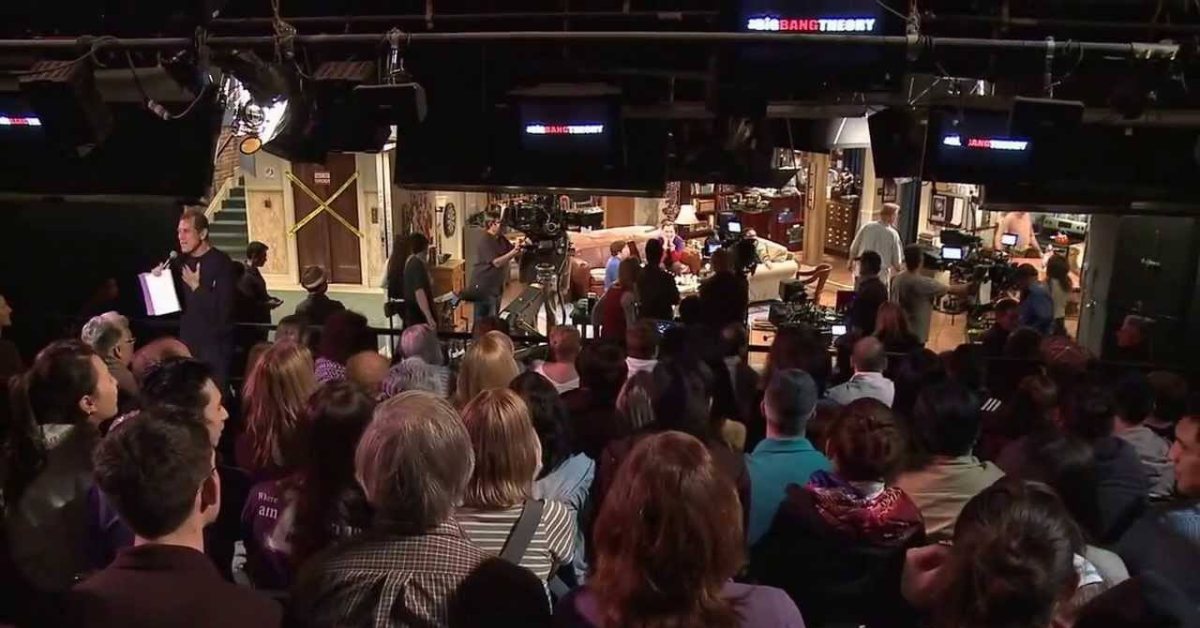
A Creative Compass in Real Time
Most sitcoms rely on studio audiences for laughs, but on The Big Bang Theory, the live audience became something far greater — they were a creative barometer. Every week, the cast performed new episodes in front of real fans whose laughter did more than fill the room — it shaped the show itself.
“The audience was our final edit,” showrunner Steve Molaro revealed in Jessica Radloff’s comprehensive oral history of the series. If a joke fell flat? It was rewritten on the spot. If a line got an unexpected wave of laughter? It often earned a permanent place in the final cut.
“You Could Feel the Energy Shift”

Kaley Cuoco, who played Penny, described the audience as a palpable force in the room. “They were part of the team,” she said. “You could feel the energy shift when something clicked.” The response from the bleachers guided the pacing, rhythm, and even dialogue — a process more like live theatre than a traditional TV set.
Fans Who Became Family
The bond between the show and its audience ran deep. According to Simon Helberg (Howard Wolowitz), certain fans returned week after week, becoming familiar faces in the crowd. “It felt like performing for friends,” he shared. Writers and cast members alike would recognize returning audience members, often greeting them before tapings.
Tissues and Tears at the End
For the show’s emotional final taping in 2019, producers handed out commemorative scripts and tissues to the audience — and both were used. “They were crying as hard as we were,” Mayim Bialik (Amy Farrah Fowler) recalled.
It wasn’t just the cast who felt the heartbreak of saying goodbye; the audience — some of whom had followed the show from pilot to finale — shared in the emotional journey.
More Than Canned Laughter
In an age where sitcoms often insert laugh tracks for effect, The Big Bang Theory relied on something much more authentic: real-time emotional feedback. The audience became part of the show’s DNA, not only influencing which jokes stayed or went but infusing every scene with energy and spontaneity.
The series wasn’t just a scripted comedy; it was a living performance, adjusted and enhanced week by week by those lucky enough to sit in the bleachers — the unsung heroes behind the laughter.
